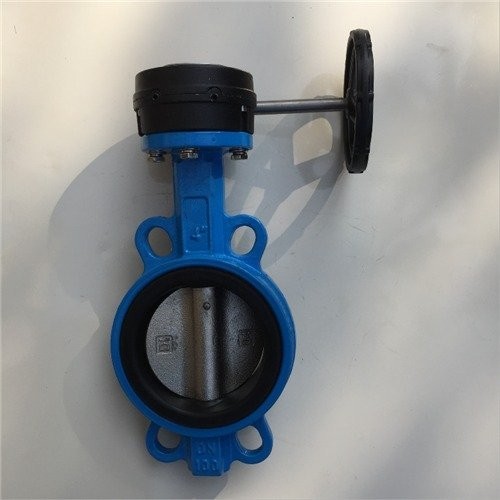globe stop check valve
Understanding Globe Stop Check Valves Function, Design, and Applications
Globe stop check valves are a vital component in many industrial applications, serving a dual purpose of regulating the flow of fluids and preventing backflow. Their unique design combines the features of a globe valve, which is primarily used to control flow, with those of a check valve, which is designed to allow fluids to flow in one direction only.
Functionality and Design
The primary function of a globe stop check valve is to provide both flow regulation and backflow prevention. The valve consists of a spherical body with an internal baffle that creates a flow restriction, allowing for precise control over the fluid passed through it. The valve features a disc that can either permit flow when opened or prevent it when closed, depending on the position of the actuator.
In addition to being manually operated, some globe stop check valves are equipped with actuators that allow for automatic regulation based on pressure differentials or flow rates. This added functionality makes them ideal for use in systems where maintaining a specific pressure is crucial.
The design of a globe stop check valve offers several advantages. The spherical shape of the valve body allows for smooth fluid dynamics, thereby reducing turbulence and pressure losses. Additionally, the compact size of globe stop check valves makes them easier to install in spaces where traditional check valves or flow control valves might not fit.
Applications in Industry
Globe stop check valves are used in a variety of sectors, including water and wastewater management, oil and gas, power generation, and chemical processing. Their versatility stems from their ability to handle not only liquids but also gases and steam, making them suitable for diverse applications.
1. Water and Wastewater Management In municipal water systems, globe stop check valves are often installed in pump discharge lines to prevent backflow that could contaminate clean water supplies. They also regulate water flow to ensure consistent pressure in distribution networks.
2. Oil and Gas In the oil and gas industry, these valves are employed to control the flow of crude oil, natural gas, and other hydrocarbons. Their robustness ensures that they can withstand high-pressure conditions and the corrosive nature of some fluid compositions.
globe stop check valve

3. Power Generation In power plants, globe stop check valves are essential for controlling steam and cooling water flow. They help maintain operational efficiency by regulating flow rates and preventing backflow, which could lead to equipment damage or failure.
4. Chemical Processing In chemical manufacturing, precise flow control is critical. Globe stop check valves help maintain the necessary pressure and prevent hazardous backflow, ensuring safety and operational continuity.
Maintenance and Best Practices
While globe stop check valves are designed for reliability and longevity, regular maintenance is crucial to ensure optimal performance. Key maintenance practices include
- Routine Inspections Periodic checks should be performed to ensure there are no leaks or signs of wear. Valves should be tested to verify that they open and close properly.
- Cleaning Accumulation of debris or buildup of corrosive materials can affect valve functionality. Regular cleaning helps maintain proper flow and prevent blockages.
- Lubrication For valves with moving parts, appropriate lubrication is essential to prevent wear and ensure smooth operation. Manufacturers’ guidelines should be followed for lubrication intervals and types.
- Replacement If a valve shows significant wear, damage, or inability to function correctly, replacing it promptly helps avoid process interruptions and safety hazards.
Conclusion
In summary, globe stop check valves are essential components in various industrial applications, offering both flow regulation and backflow prevention. Their thoughtful design and robust functionality make them ideal for handling diverse fluids in challenging environments. To ensure their longevity and efficiency, regular maintenance and adherence to best practices are necessary. By understanding their importance, industries can maximize the performance of their systems while minimizing risks associated with fluid dynamics. As technology advances and industries evolve, the role of these valves remains pivotal in ensuring seamless operations across multiple sectors.
-
The Key to Fluid Control: Exploring the Advantages of Ball Valves in Industrial SystemsNewsJul.09,2025
-
The Versatile World of 1, 2, and 3 Piece Ball ValvesNewsJul.09,2025
-
Stainless Steel Ball Valves: The Ideal Choice for Efficient Flow ControlNewsJul.09,2025
-
Optimizing Fluid Control with Ball Float ValvesNewsJul.09,2025
-
Manual Gate Valves: Essential for Control and EfficiencyNewsJul.09,2025
-
Everything You Need to Know About Butterfly ValvesNewsJul.09,2025
-
The Versatility of Wafer Type Butterfly ValvesNewsJul.08,2025




